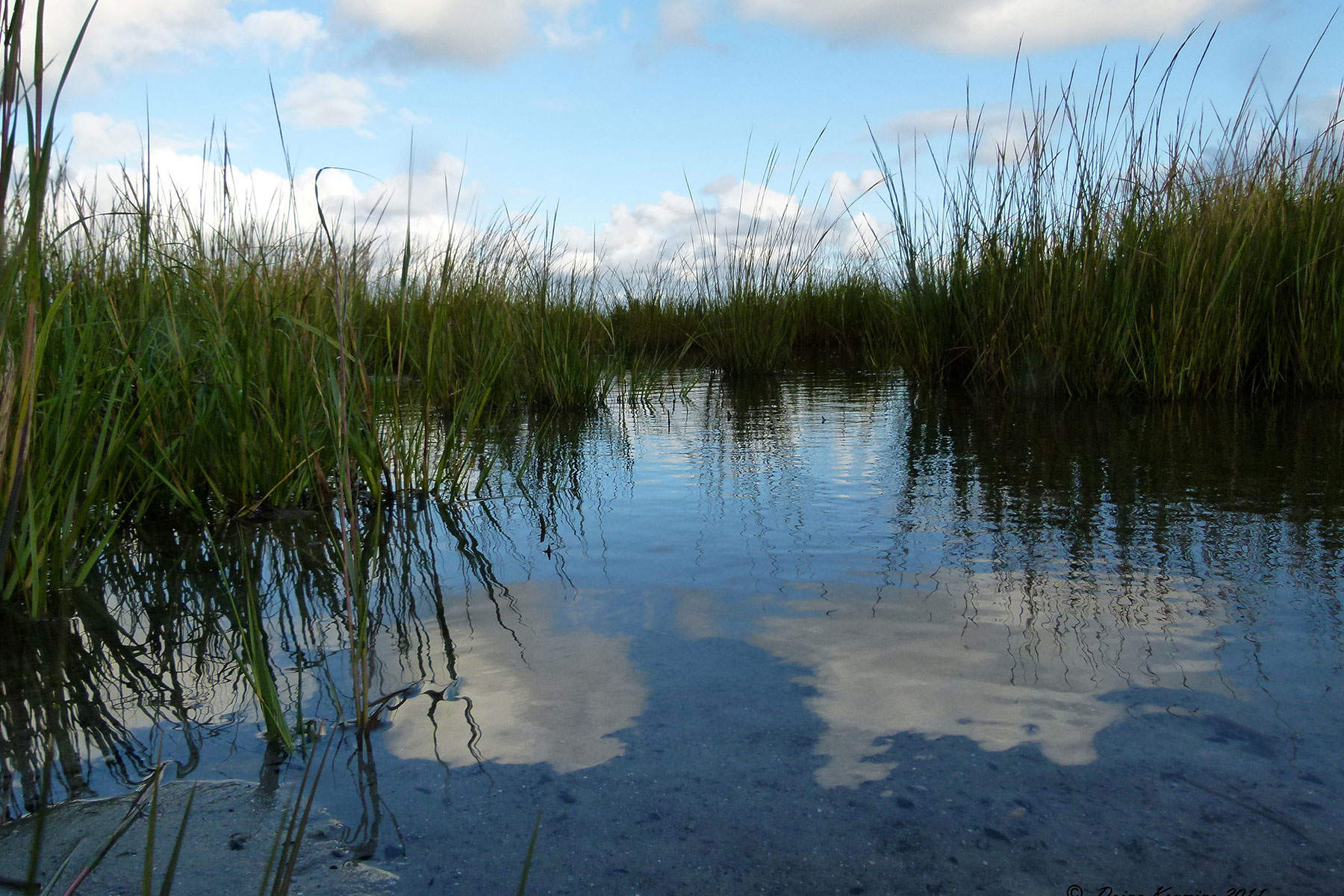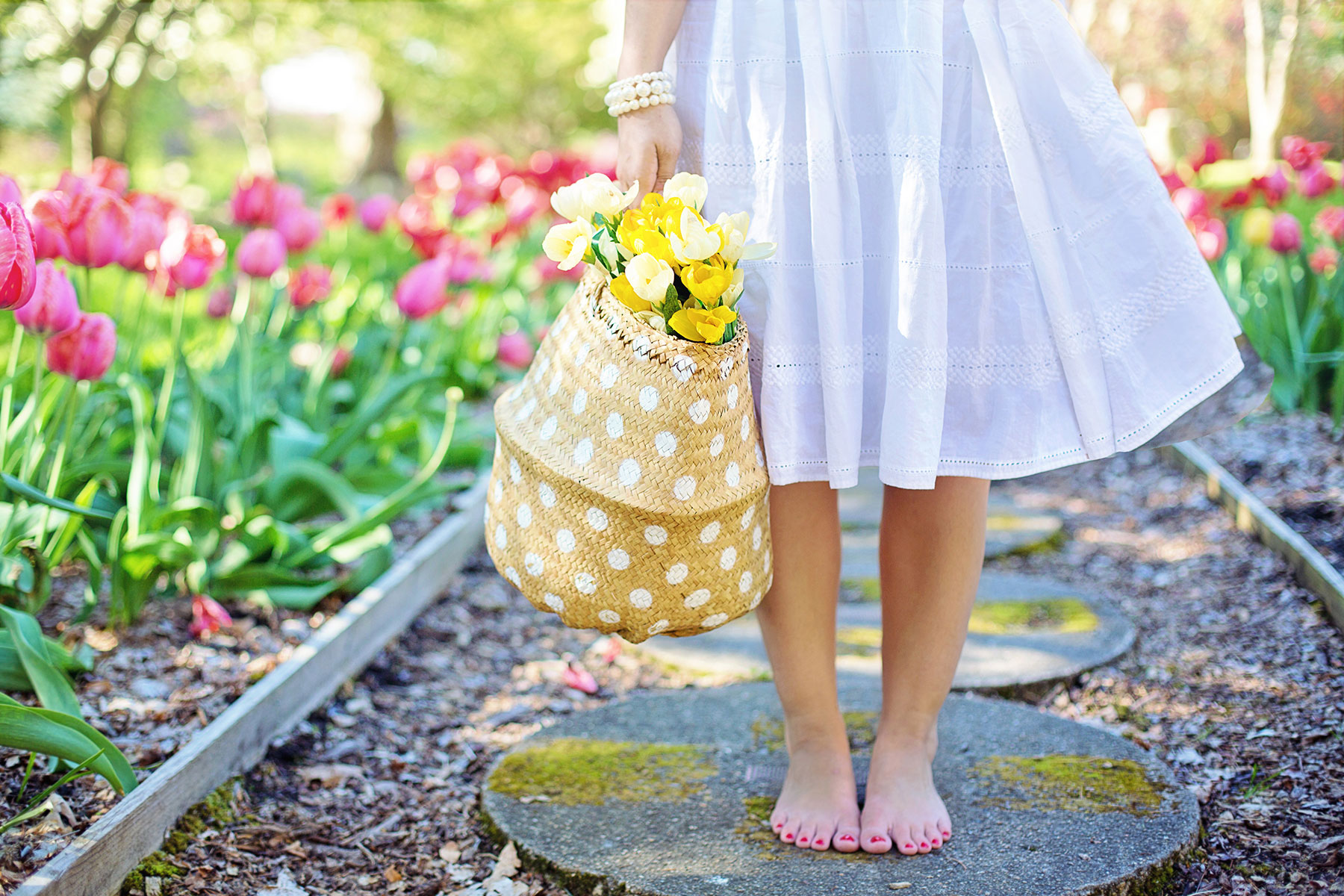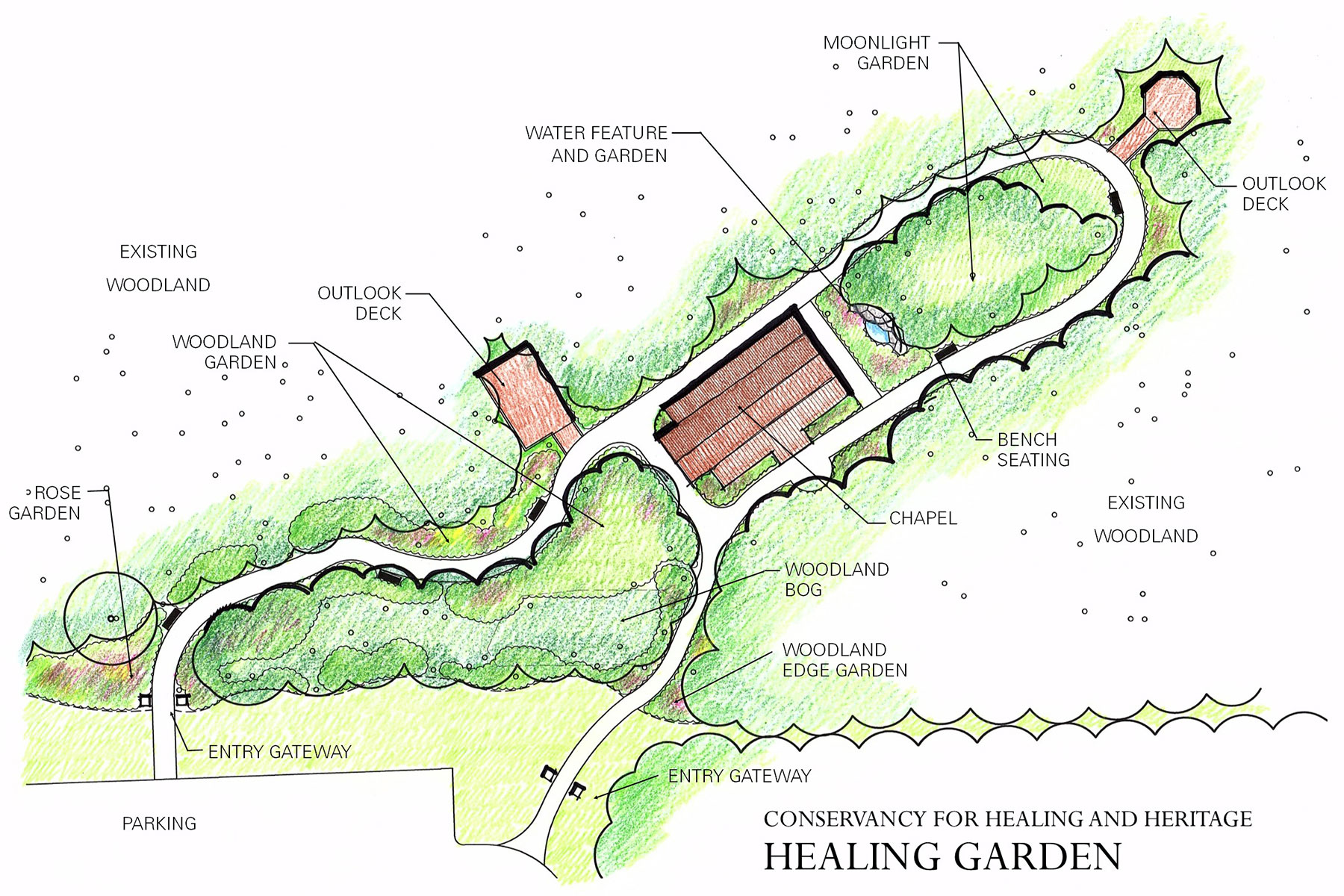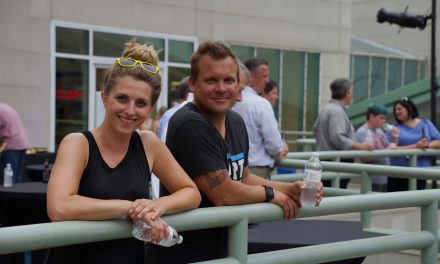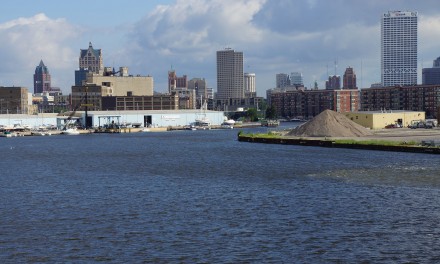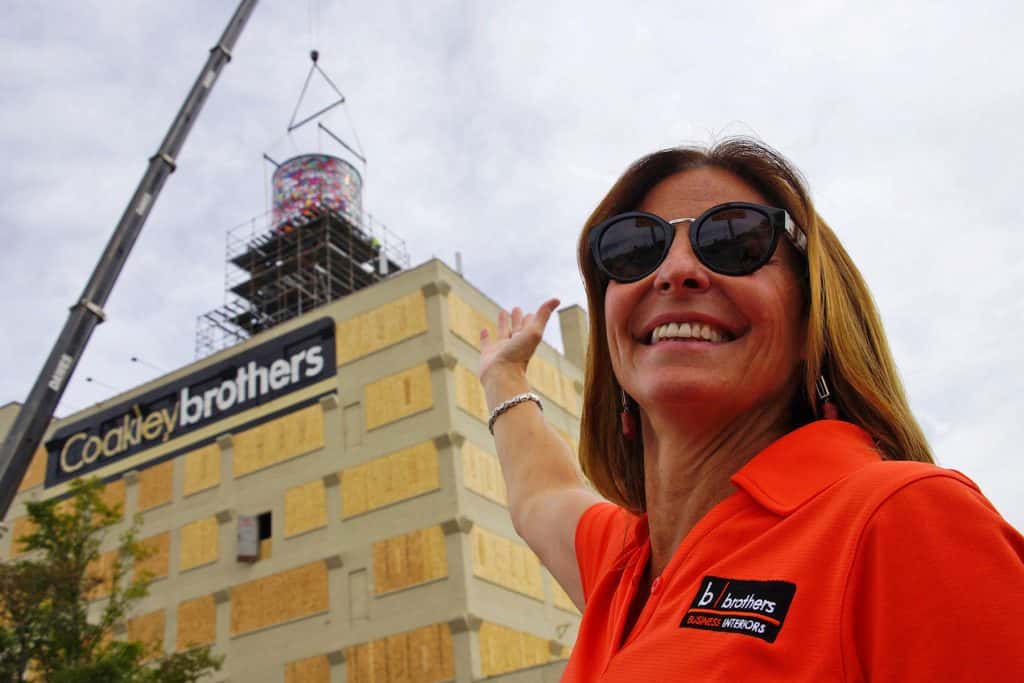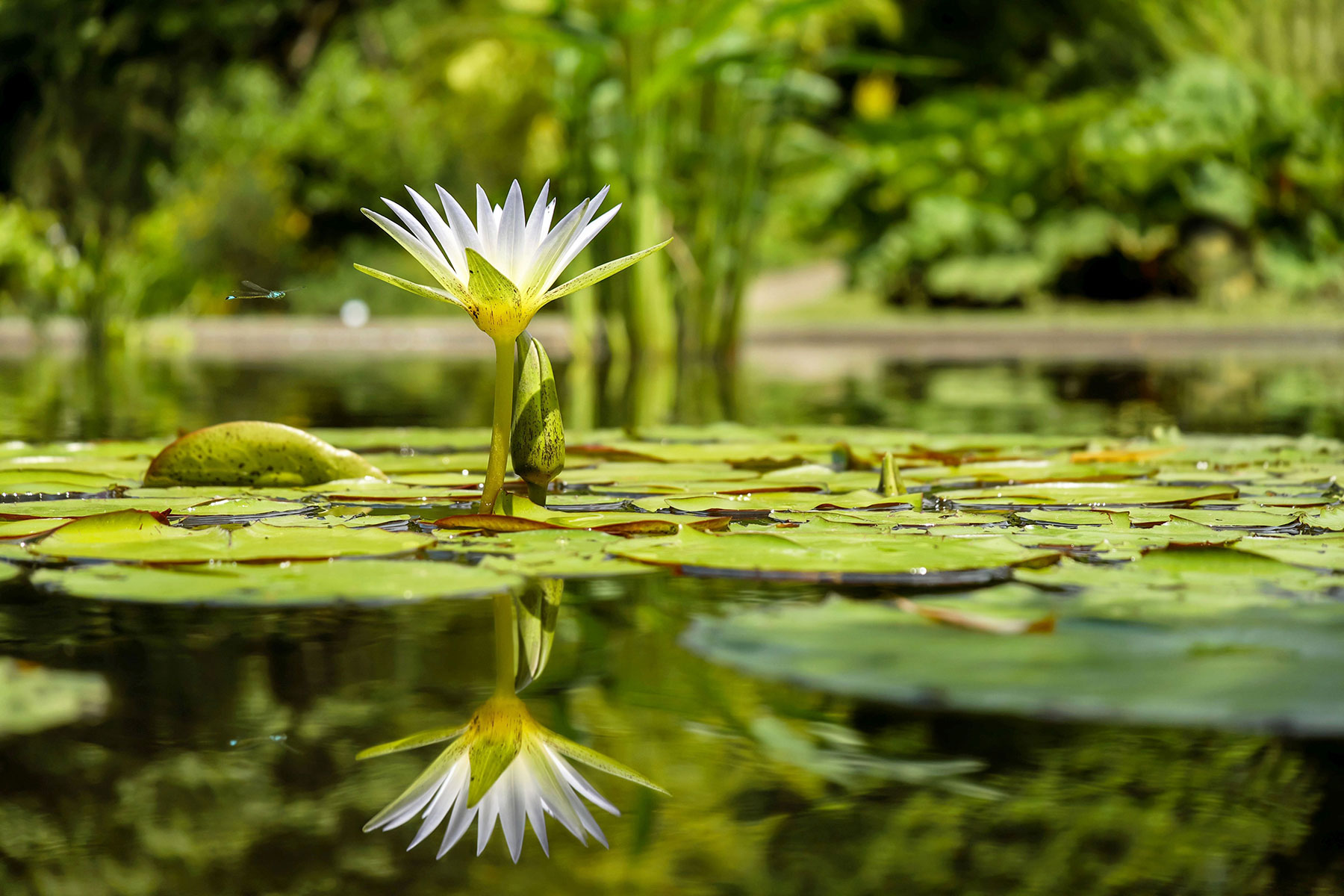
The Conservancy for Healing and Heritage, a nonprofit organization that owns a 36-acre parcel of land featuring Milwaukee County’s only southern kettle and glacier lake, recently announced plans for southeast Wisconsin’s first independently-owned, public healing garden.
The Conservancy, located at 7410 W. Rawson Ave. in Franklin, is adjacent to the Reiman Cancer Center, and includes a chapel, walking trails, and Kopmeier Lake, a 35-foot deep, spring-fed kettle lake.
The organization has raised approximately $2.5 million for the project, and seeks an additional $2.4 million to complete the vision of being among the most attractive and innovative nature preserves in Wisconsin and one of the largest, independent healing gardens in the United States.
The first phase of the project has already been completed, and in December the garden space and upper trail were cleared, while the healing garden sidewalk was prepared for final concrete placement. Once complete, the world-class healing garden will reside in a wooded area outside the Polish-inspired Reiman Healing Chapel in the Woods, which serves as a community asset to 7,000 cancer patients each year.
The chapel, donated by the Reiman Family Foundation and completed in 2016, will be open year-round and available to anyone seeking peace and healing. By connecting the healing garden to trails around Kopmeier Lake, patients and community members will be able to enjoy the peace and calm of the land. The network of trails and boardwalks throughout the 36 acres will be open to joggers, hikers, birders, school groups and anyone else seeking contact with the natural world.
“This healing garden, and the surrounding conservation land, is such a gift to the community. Nature heals, restores and harmonizes,” said Michael J. Murry, chairman, Conservancy for Healing and Heritage. “We can’t wait for this beautiful vision to come to life for people of all ages who are seeking support, comfort, inspiration or rejuvenation in times of physical, emotional, or mental distress brought on by diseases such as cancer, depression or PTSD.”
Researchers have discovered that the restorative landscape of a healing garden can:
- reduce negative emotions
- block stressful thoughts
- lessen post-operative recovery time and complications
- decrease medicine use
Studies show spending time in nature has a favorable influence on the outcome of diseases like cancer by positively affecting the endocrine, cardiovascular, immune and nervous systems. According to Scientific American, there is good evidence that spending time interacting with nature in a well-designed garden can reduce your levels of pain and stress—and, by doing that, boost your immune system in ways that allow your body and other treatments to help you heal.
“The Japanese pastime of forest bathing has a number of purported and proven benefits with regards to health, immunity, and stress reduction,” said Michael Christensen, radiation oncologist at the Reiman Cancer Center. “I am thrilled that our patients will have ready access to the Conservancy for Healing and Heritage giving them, and the community at-large, an opportunity to enjoy the restorative benefits of nature. Coupled with the Healing Chapel and Healing Garden at our site, I envision a setting where each of mind, body, and spirit can be enhanced and lifted simultaneously.”
Fundraising efforts are ongoing, and remaining funds sought to complete the natural healing project includes $500,000 for founder naming rights of the healing garden. Once fundraising is complete and the project has been finished, the Conservancy’s mission will be furthered by offering various healing classes and lectures in the chapel, as well as opportunities for the community to participate in annual planting and maintenance in the healing garden and on the trails.
The Conservancy also plans to incorporate conservation and wildlife education for all ages. For example, the Conservancy recently held a “Retreat, Reflect, and Recharge Mindful Gratitude Workshop” at the Reiman Chapel in the Woods on February 14.
Until the formation of the Conservancy for Healing and Heritage in 2005, the land was not accessible to the public. The land itself was born of one of the last Ice Age glaciers in the region that created a steep gravel ridge and retreated, leaving behind an enormous block of ice buried in the outwash.
That mammoth cube melted to become Kopmeier Lake. The Kopmeier family originally owned the land, but it was placed into a conservancy upon acquisition to protect it from future development. The Conservancy plans to protect the natural habitat while carefully opening it to the public by creating shared spaces for healing, peace, comfort and education.

